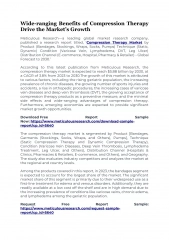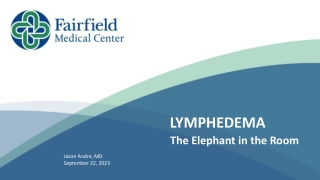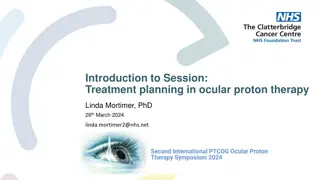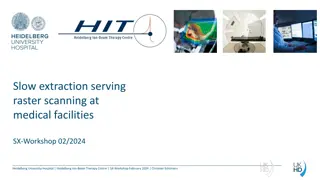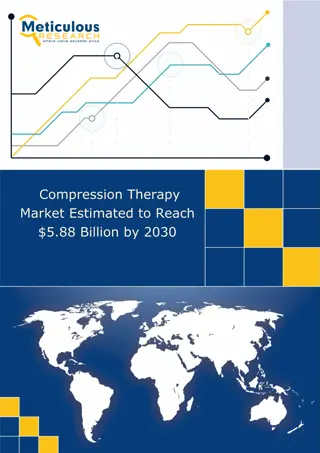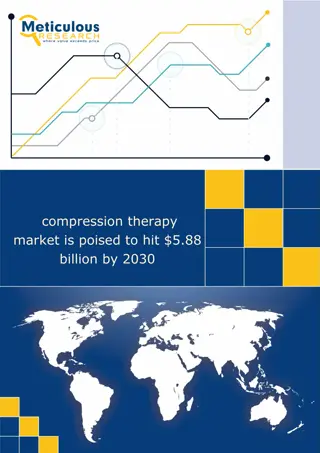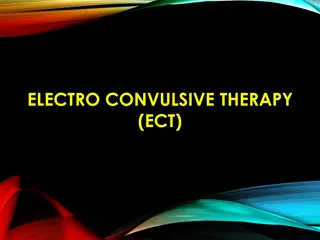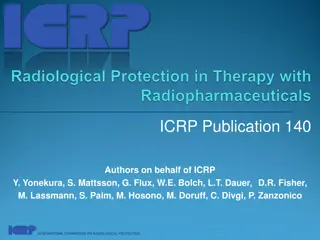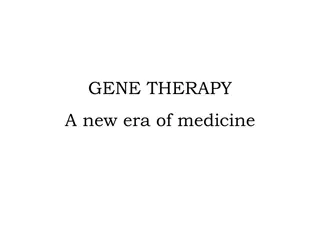Understanding Lymphedema Therapy and Treatment Options
Lymphedema is a condition characterized by an abnormal buildup of lymph fluid in tissues, often caused by issues with lymphatic vessels or nodes. Effective treatment, such as Complete Decongestive Therapy (CDT), including manual lymph drainage and compression garments, is crucial to managing lymphedema and preventing complications like tissue swelling and infection.
Download Presentation

Please find below an Image/Link to download the presentation.
The content on the website is provided AS IS for your information and personal use only. It may not be sold, licensed, or shared on other websites without obtaining consent from the author. Download presentation by click this link. If you encounter any issues during the download, it is possible that the publisher has removed the file from their server.
E N D
Presentation Transcript
Lymphedema Therapy Stephanie Schaubert, DPT, CLT
What is Lymphedema? Lymphedema is an abnormal collection of lymphatic fluid in the tissues just beneath the skin. Lymphedema develops when lymphatic vessels and lymph nodes that are missing or impaired become overloaded with lymphatic fluid. This can be from surgical removal of lymph nodes, cancer treatments, and various other causes
Why is treatment important? If the condition is left untreated, it leads to progressive tissue swelling over time. Lymphatic fluid congestion also reduces healthy blood flow to the tissue, interferes with wound healing, and enables bacteria to grow, which increases the risk for tissue infection.
How is it treated? Complete Decongestive Therapy, sometimes referred to as CDT, is the gold standard of care for lymphedema therapy. This type of treatment includes both a treatment phase and a maintenance, or self-care, phase.
The treatment phase includes: manual lymph drainage (MLD) is a specialized form of massage that stimulates the lymphatic system to improve its ability to absorb and transport fluid. multi-layered short stretch compression bandaging is applied following the MLD treatment. Bandages increase tissue pressure and assist with the absorption and transport of lymphatic fluid from the limb and into the normal circulation. exercise and training for a home exercise program is incorporated in both phases of treatment and self-care. These low intensity and repetitive exercises done with compression bandages on the limb encourage gentle muscle pumping, which aids the absorption and transport of the lymphatic fluid out of the limb. compression garment fitting and training - Compression garments are the primary mode of compression therapy in self-care. Garments play a key role in maintaining the results achieved with skilled therapy.
The maintenance or self-care phase includes: performing self-manual lymph drainage - This is a simplified version of the MLD received during skilled treatment daily and/or nightly compression garment wear or bandaging regular exercise meticulous skin care


